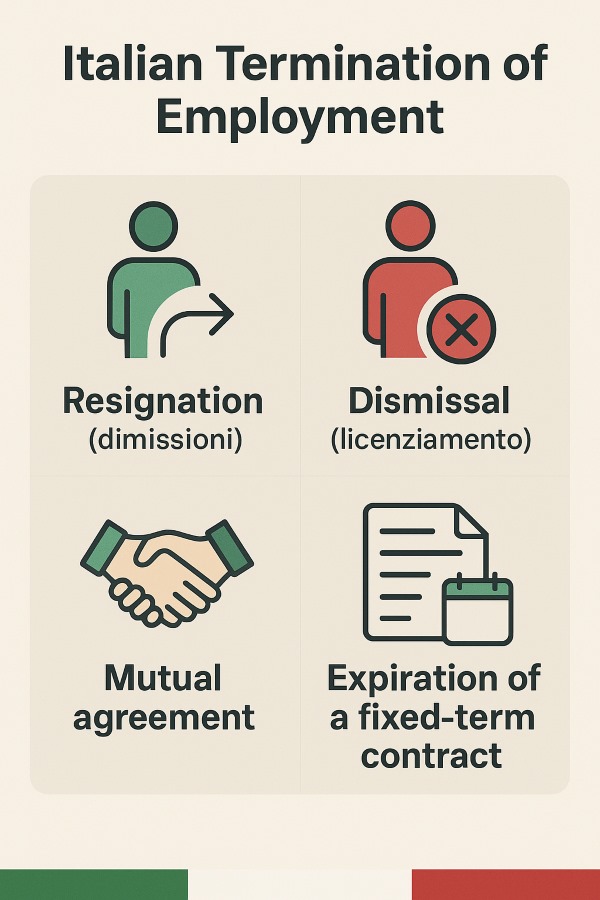Already a month into 2025 and now it’s high time to see what are the news for freelancer in Italy. The regime forfettario (flat-rate tax scheme) continues to act, but we’ll witness new changes that will impact specifically self-employed professionals. Moreover, following the introduction of mandatory electronic invoicing in 2024, 2025 introduces another significant update: the removal of the €400 limit on simplified invoices.
Let’s get deeper into details and news we don’t want you to miss!
Table of Contents
ToggleRegime Forfettario Will Become Simplified
Starting January 1, freelancers in Italy can issue simplified invoices for more than €400.
What is a Simplified Invoice?
A simplified invoice, according to Article 21-bis of DPR 633/1972, is a simplified tax document intended to reduce the administrative burden. Following is the very important information it contains for fiscal purposes:
- Date of issue
- Invoice number – sequential to track
- Seller’s and buyer’s details: name, address, VAT number or tax code
- Details of goods or services sold
- Total amount – with or without VAT
- Reference to corrected invoices in case of changes
Up until 2024, freelancers under the regime forfettario could issue only simplified invoices for amounts not over €400, including VAT. Starting January 1, 2025, no limit will apply.
Without this cap, it is now possible for the flat-rate payer to issue a simplified invoice for any amount. This will make life easier for self-employed professionals who are dealing in higher-value transactions yet want to maintain a simplified reporting structure.
In this respect, the limit for standard VAT payers remains at €400 to ensure that only those who are under the regime forfettario benefit from this new flexibility.
This change aligns with EU Directive 2020/285, reducing the bureaucratic burden on small businesses. Key benefits include:
- Freelancers can skip full invoices for larger transactions.
- Simplified invoices reduce mandatory details, lowering tax risks.
- Faster invoicing means more focus on business.
What Stays the Same?
Simplified invoices cannot be used for:
- Intra-EU transactions (Article 41, Law Decree 331/1993)
- Special VAT cases (Article 21, DPR 633/72)
Higher Income Thresholds for the Flat-Rate Tax Regime
The income limit for employees, co.co.co (collaborative contracts), and pensioners who want to access the flat-rate tax regime will increase from €30,000 to €35,000 gross in 2025. This means that freelancers under the flat-rate regime who earned up to €34,999 in employment income in 2024 can continue to benefit from the tax advantages this year.
For those in the simplified tax regime, expenses for representation and gifts will only be deductible if paid using traceable payment methods. If a freelancer in 2025 pays for representation and gift expenses in cash, these will not be deductible. In other words, those under the simplified or ordinary tax regime must always use credit cards, bank transfers, or POS payments to deduct these expenses from their revenue.

50% Contribution Reduction for New VAT Numbers
Next up, among the most important updates in 2025 is social security contributions. Those who will open their VAT number for the first time this year will be able, in the case of registration with the INPS for artisans and traders, to request a 50% reduction of contributions for the first three years. This will be half the fixed obligatory contributions paid to INPS, reducing these to about €2,200 yearly. Besides, the fixed percentage applied to the actual earnings for additional contributions is reduced by 12%.
NASpI Lump-Sum Unemployment Benefit
One of the main news is the advance payment of NASpI that provides for paying, in a single solution, the amount of the unemployment benefit still due and the possibility of starting or continuing a self-employed business. The new rule specifies that the workers who have resigned and then get another employment must have 13 weeks of contributions under the new employment. This new policy is to create more order in entering into self-employment while preventing strategic dismissals to claim the benefit.
Self-Employed Parents also Benefit
The 2025 Budget Law introduced several parenthood-related measures. In general, mothers with at least two children are granted partial exemption from the payment of social security contributions insofar as their annual tax income, which is subjected to the determination of the related obligation, is below the ceiling amount of €40,000 per year.
A new birth bonus has been introduced: a one-off allowance of €1,000 for each child born or adopted from 1 January 2025 in addition to those already born for families whose ISEE is below €40,000. The childcare bonus also rises to €3,600 for families whose ISEE is below €40,000, and the requirement that the child be under 10 years old no longer applies.
To Sum Up…
- Simplified invoices can now be issued for any amount under the regime forfettario, eliminating the previous €400 limit.
- The income threshold for the flat-rate tax regime will rise to €35,000 in 2025, which means more freelancers can join.
- Representation and gift expenses must be paid with traceable methods to be deductible.
- New VAT holders can obtain a 50% reduction in social security contributions for the first three years.
- NASpI unemployment benefits are now available as a single payment, under new conditions for their award. But self-employed parents also benefit from social security exemptions, plus new bonuses: €1,000 per child born or adopted.
Are you interested with this subject? Take a look at related articles here, Italian freelancer visa: a step by step guide for self empoyed and enterpreneurs, Freelancer right in Italy and Living (and Paying Taxes) in Italy with a Green Card.




